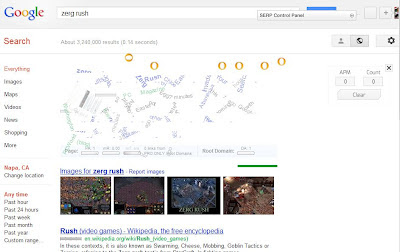


Invoice discounting tends to only be available to businesses that sell products or services on credit to other businesses and have an annual turnover of at least £500,000. The invoice discounting company (or discounter) will charge a monthly fee for the service and interest on the amount borrowed against sales invoices. Invoice discounting works in a similar way to invoice factoring with the difference being that you remain responsible for the collection of the debts – it is therefore a more discreet way of borrowing money as your customers need not know that you have taken financing on your invoices. Interest is worked out on a daily basis and charged out monthly – often being taken against your available funds limit. Typical costs for the service fee / agreed factoring fee range from 0.5 – 3% of the total value of the factored invoices Interest is usually charged at 3% above the Bank of England base rate and calculated against the balance of funds drawn. The factor will charge you a service or factoring fee and interest as well. The factor takes over all rights to pursue the customer for payment including the right for legal action It accepts specific risks around the customer inability to pay but it will not insure against debts that have a genuine dispute. As a result it is more expensive than recourse factoring. In non-recourse factoring the factor takes on the risk of the bad debt (although if an invoice is disputed the factor will require you to pay the advance back). Your contract will state how many days after the due date for payment you must refund the advance.

The factoring company will reclaim the money they advanced to you if the customer does not pay within a certain time period. In recourse factoring the factor does not take on the risk of bad debts and non-payment by your customers. There are two types of factoring – recourse and non-recourse factoring. Your customer then pays the factor directly once the invoice is due and the remaining balance of funds is passed to you.The factor will issue monthly statements and be responsible for your credit control procedure and making contact with your customers.Invoices are uploaded via an electronic system and once approved by the factor the agreed advance is released and made available usually within 24 hours.You raise your invoices in the normal way, the invoice will show that the debt is being factored and which factoring company your customer needs to pay.The agreed advanced level can be up to 90% of the value of approved invoices with the balance being paid once the invoice has been settled in full. To qualify your business will need to have an annual turnover of at least £100,000 – although some factoring companies will consider working with smaller businesses. The ownership of the invoice passes to the factoring company and with it the responsibility to collect the money from your customer, who will be requested to pay directly to the factoring company. You are effectively selling your unpaid invoices on to a third party, the factoring company (or factor). Invoice factoring provides a prepayment against your sales ledger. There are two forms of invoice finance, Invoice Factoring and Invoice Discounting. In this article we look at how invoice finance works and discuss the pros and cons of this solution to cash flow issues. Invoice finance is promoted as a way of improving cash flow and working capital for businesses. What is Invoice Finance? The Pros and Cons of Invoice Factoring and Discounting


 0 kommentar(er)
0 kommentar(er)
